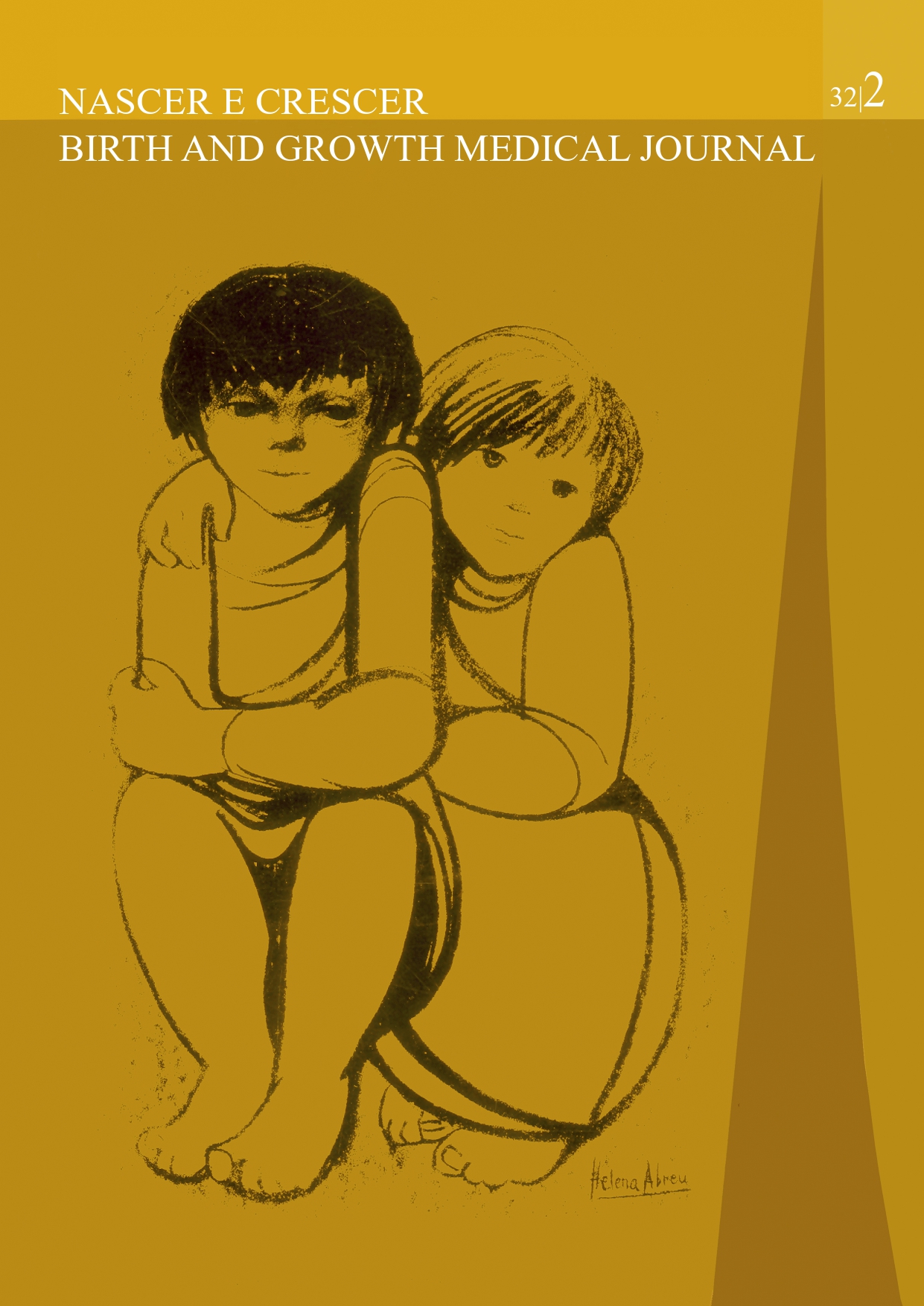Dermatology clinical case
DOI:
https://doi.org/10.25753/BirthGrowthMJ.v32.i2.22584Keywords:
phototoxicity, plant-induced, rashAbstract
Phytophotodermatitis is a plant-induced cutaneous photosensitive reaction, being the most common phototoxic reaction in children. The diagnosis is clinical, and the presentation can range from mild erythema to severe blisters according to the intensity of exposure. The physical examination often reveals an irregular pattern with arciform contact lesions. No treatment is required in mild cases, with reactive hyperpigmentation usually fading with time.
Downloads
References
Carlsen K, Weismann K. Phytophotodermatitis in 19 children admitted to hospital and their differential diagnoses: Child abuse and herpes simplex virus infection. J Am Acad Dermatol. 2007;57(5 Suppl):S88-91.
Machado M, Vidal RL, Cardoso P, Coelho S. Phytophotodermatitis: a diagnosis to consider. BMJ Case Rep. 2015;2015:bcr2015213388.
Córdoba S, González M, Martínez-Morán C, Borbujo JM. Bullous Phytophotodermatitis Caused by an Esoteric Remedy. Actas Dermosifiliogr. 2017;108(1):79-81.
Robl M, Robl R, Marinoni LP, Abagge KT, Carvalho VO. Assemble the puzzle: bizarre-looking lesions. Arch Dis Child. 2013;98(11):915.
Furniss D, Adams T. Herb of grace: an unusual cause of phytophotodermatitis mimicking burn injury. J Burn Care Res. 2007;28(5):767-9.
Pfurtscheller K, Trop M. Phototoxic plant burns: report of a case and review of topical wound treatment in children. Pediatr Dermatol. 2014;31(6):e156-9.
Eickhorst K, DeLeo V, Csaposs J. Rue the herb: Ruta graveolens--associated phytophototoxicity. Dermatitis. 2007;18(1):52-5.
Downloads
Published
How to Cite
Issue
Section
License
Copyright (c) 2023 Inês Viegas, Ana Pinto, Cristina Tapadinhas

This work is licensed under a Creative Commons Attribution-NonCommercial 4.0 International License.
Copyright and Authors' Rights
All articles published in Nascer e Crescer - Birth and Growth Medical Journal are Open Access and comply with the requirements of funding agencies or academic institutions. For use by third parties, Nascer e Crescer - Birth and Growth Medical Journal adheres to the terms of the Creative Commons License "Attribution - Non-Commercial Use (CC-BY-NC)".
It is the author's responsibility to obtain permission to reproduce figures, tables, etc. from other publications.
Authors must submit a Conflict of Interest statement and an Authorship Form with the submission of the article. An e-mail will be sent to the corresponding author confirming receipt of the manuscript.
Authors are permitted to make their articles available in repositories at their home institutions, provided that they always indicate where the articles were published and adhere to the terms of the Creative Commons license.


